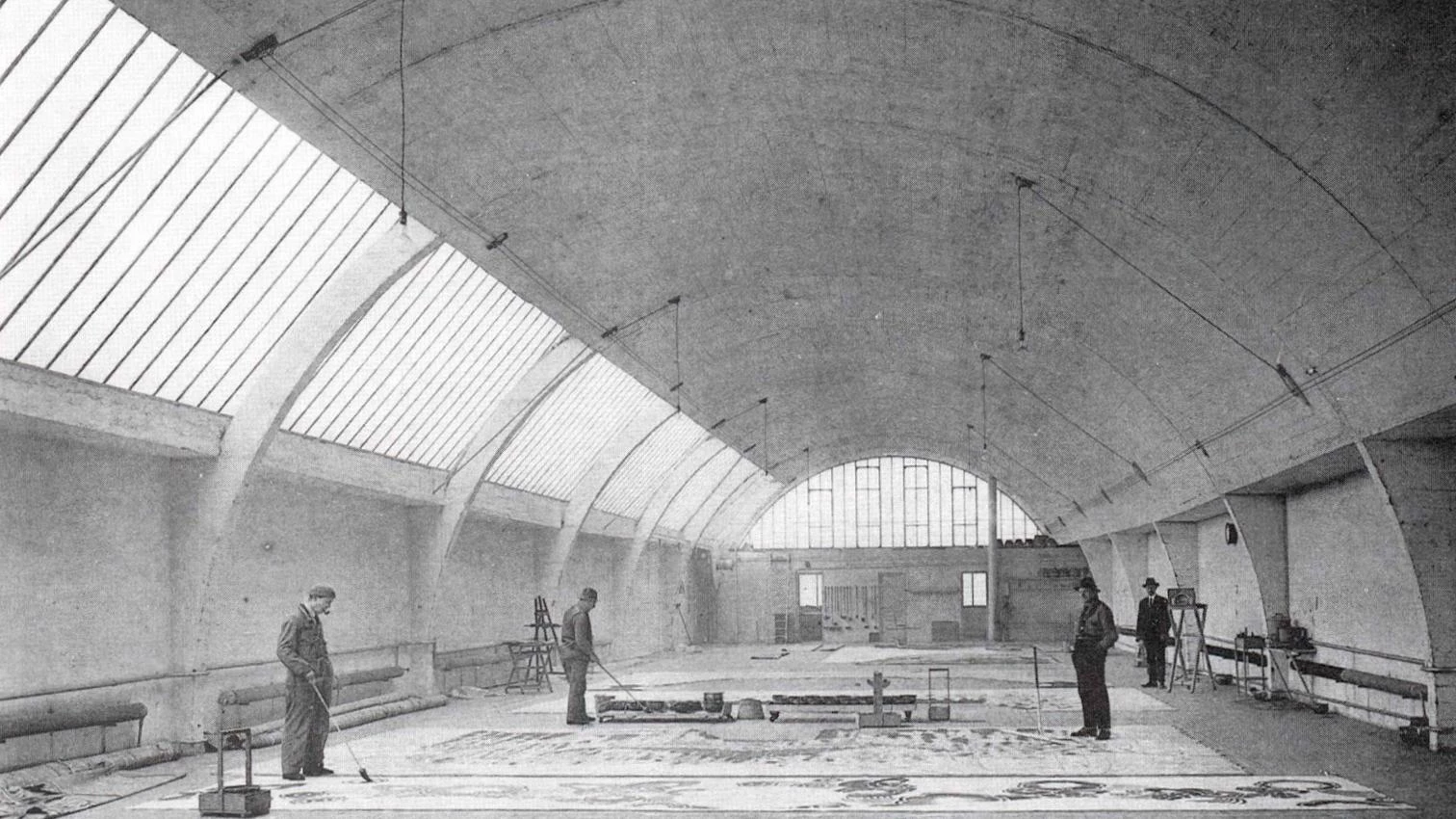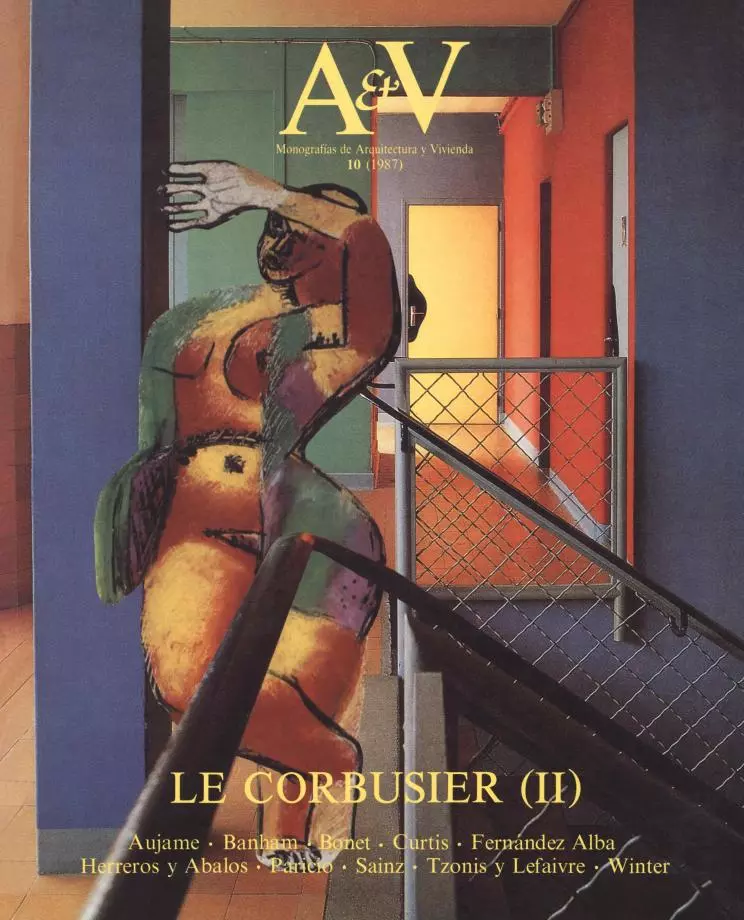Between Abstraction and Reality
Geometric Will and Constructive Coherence

The affirmation that modern architectural theory and practice do not always coincide is not exactly a great critical revelation. The identification of the reason for this contradiction, however, is of great interest when analyzing the advances of an architectural movement which was seen as revolutionary from the very start. Ignacio Paricio here analyzes Le Corbusier’s work by comparing his theoretical objectives and his practical solutions, and in so doing reveals an incoherence concerning the relationship between geometry and construction in abstract terms.
The purist architecture of the Modern Movement, despite its statements to the contrary, is far more interested in the iconography of construction than in construction itself, a point on which its fiercest critics all agree.
The reasoning would appear to be the following: The language of modernity, which seeks to be the expression of the signs of the times, demands that forms be the immediate result of productive processes. Anything added to those processes in search of beauty is decadant decorativism. (C ’est triste... mais la mauvaise architecture est celle quon cree en pensant a dart.)...[+]





